Facts about VBAC: What you need to know
After a cesarean, many parents are told that their only option for future births is another C-section. But that’s simply not true. In fact, vaginal birth after cesarean (VBAC) is a safe and appropriate choice for most people, according to the American College of Obstetricians and Gynecologists (ACOG). Yet, despite the research, misinformation runs rampant, leaving many people confused, misled, and unsure of their options.
As a VBAC mom myself, this topic is deeply personal to me. I know what it’s like to be given conflicting information, to feel like you have to fight for your right to birth the way you want, and to navigate a system that doesn’t always support VBACs. That’s why I’m passionate about helping families feel empowered in their choices—because you deserve to know the facts.
So, let’s talk about it. Let’s break down the risks, the benefits, and the truth about VBAC.
Is VBAC Safe?
The short answer? Yes.
VBAC is successful about 75% of the time, according to multiple studies. That means 3 out of 4 people who attempt a VBAC will have a successful vaginal birth. Those odds are comparable to first-time parents giving birth vaginally.
When a VBAC is successful, it has fewer complications than a scheduled repeat C-section. And while some people believe a repeat cesarean is the “safer” route, the research tells a different story—each additional C-section increases the risks of major complications, including:
Placenta accreta (when the placenta grows too deeply into the uterine wall)
Hysterectomy
Blood transfusion
ICU admission
With a VBAC, however, the risk of uterine rupture—one of the biggest concerns—is only 0.4% when labor begins naturally. That number increases if labor is induced or augmented, but it’s still comparable to other serious but rare obstetrical emergencies, like placental abruption and cord prolapse.
And when it comes to maternal mortality, both VBAC and repeat cesarean have very low risks:
0.02% for VBAC
0.04% for repeat C-section
What Are the Risks of VBAC?
While VBAC is a safe and evidence-based option, it does come with some risks—just like any birth. The primary concern is uterine rupture, where the previous cesarean scar separates during labor.
The risk of uterine rupture is about 0.4% when labor begins on its own.
If induced, the risk increases slightly (depending on the type of induction).
If a uterine rupture does occur, it can be serious and require an emergency C-section. However, it’s important to put this risk into perspective. It’s about the same level of risk as other birth complications that aren’t considered reasons to automatically schedule a cesarean.
Another factor to consider is hospital policies and provider support. Some hospitals have restrictions on VBACs due to outdated guidelines, and not all providers are VBAC-friendly. Finding the right support is crucial.
Why Are So Many People Told VBAC Isn’t an Option?
Despite ACOG stating that VBAC is safe, 92% of people who have a cesarean go on to have another one. Why?
Hospital policies that ban VBACs
Providers who are not supportive
Fear-based counseling that overstates the risks
Lack of access to accurate information
In fact, 45% of American women are interested in VBAC, but over half can’t find a provider or hospital to support them. That means thousands of people every year are denied the opportunity to make an informed decision about their birth.
And the truth is, many people choose repeat cesareans not because they want one, but because they’re made to feel like they don’t have a choice.
That’s why education and support are everything.
So, Can I Have a Vaginal Birth After a Cesarean?
If you’re pregnant after a C-section and wondering “Can I have a vaginal birth after having a cesarean?”, here’s the truth:
If you’ve had one prior low-transverse (bikini cut) cesarean, VBAC is considered a safe and appropriate option.
If you’ve had two cesareans, VBAC is still a safe and appropriate option for most people
Factors like having twins, going past 40 weeks, or having a suspected “big baby” are not automatic reasons to rule out a VBAC.
You can still give birth out of the hospital (and in the water!) with a VBAC.
Intermittent monitoring is still a safe an appropriate option with a VBAC.
The key is finding a supportive provider and birth team who will give you evidence-based information, not fear-based pressure.
Looking for VBAC Support? Let’s Talk!
I know firsthand how hard it can be to navigate a system that doesn’t always support VBACs. But you deserve to make the choice that’s best for you and your baby—not one that’s made out of fear or lack of support.
If you’re planning a VBAC and want a doula who truly understands this journey, I’d love to walk this path with you. I offer a special discount for VBAC families because I believe so deeply in your right to birth the way you choose.
Let’s connect and talk about how I can support you.
You’ve got this!!

